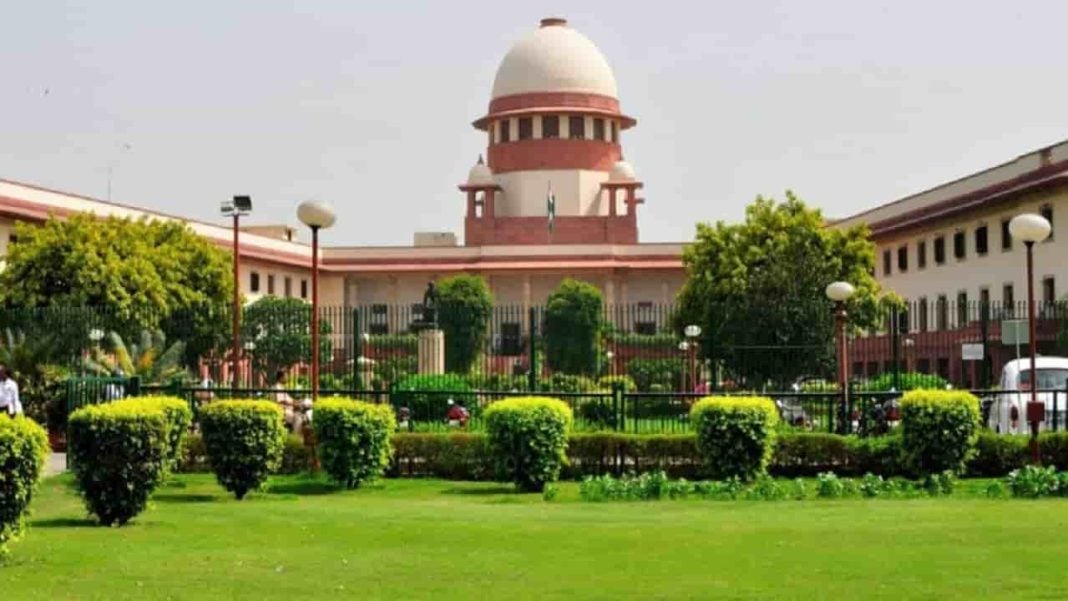Supreme Court acquits several accused in 1988 Katihar mob killing, limits scope of Section 149 IPC

Case Name: Zainul v. State of Bihar; Sattar & Ors. v. State of Bihar
Date of Judgment: October 07, 2025
Citation: 2025 INSC 1192, Criminal Appeal Nos. 1187–1188 of 2014 (arising out of SLP (Crl.) Nos. 740 & 726 of 2014)
Bench: Hon’ble Mr. Justice J.B. Pardiwala and Hon’ble Mr. Justice Manoj Misra
Held: The Supreme Court partly allowed the appeals, acquitting some of the appellants and upholding convictions of others. It clarified that mere presence in a large unlawful assembly is not enough to establish guilt under Section 149 IPC unless common object and specific overt acts are proved. The Court stressed that courts must carefully distinguish between innocent bystanders and active participants in mob violence, applying the rule of prudence before convicting.
Summary: The case stemmed from a violent clash on November 20, 1988 in Katihar, Bihar, involving a mob of 400–500 villagers allegedly attacking Jagdish Mahto, his brother Meghu, and others over cultivation of paddy fields. The mob allegedly killed Meghu and Sarjug Mahto and injured several others. Based on Jagdish’s hospital statement, an FIR was registered against 72 accused for murder and rioting. The trial court convicted 21 persons under Sections 302/149 IPC and sentenced them to life imprisonment, while acquitting three. The Patna High Court in 2013 upheld 11 convictions but acquitted seven, finding possibility of some being passive onlookers.
Before the Supreme Court, appellants argued that the FIR was ante-timed, contradictory witness statements undermined the case, and it was impossible for one witness to identify dozens of assailants in a sudden attack. They relied on precedents such as Musa Khan v. State of Maharashtra and Ranvir Singh v. State of Madhya Pradesh to argue against blanket application of Section 149. The State defended the convictions, stressing the consistency of injured eyewitnesses and medical evidence corroborating the assaults.
Decision: The Supreme Court analysed the evidence and reiterated that under Section 149 IPC, courts must guard against indiscriminate implication of villagers in mob violence. Only those shown through credible evidence to have shared the unlawful assembly’s common object or committed specific overt acts can be held guilty. It found inconsistencies and lack of credible evidence against some appellants and extended them benefit of doubt, acquitting them. Others, however, whose participation and common object were established by injured eyewitnesses and corroborated by medical and documentary evidence, had their convictions upheld. The Court thus partly allowed the appeals, modifying the High Court judgment, and directed release of those acquitted.